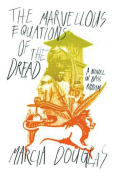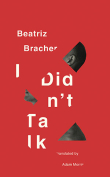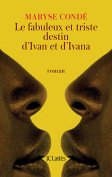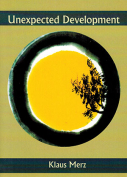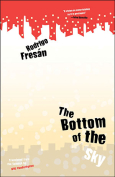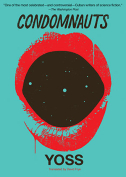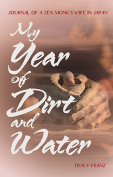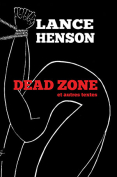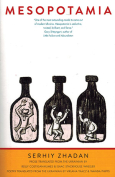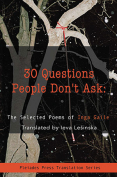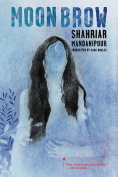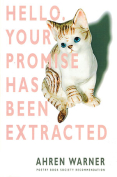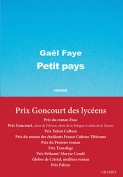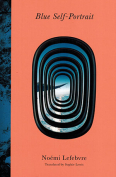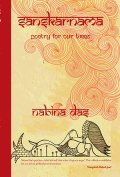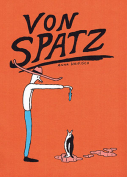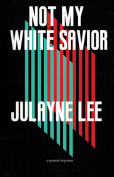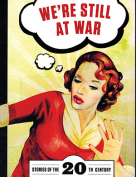Von Spatz by Anna Haifisch
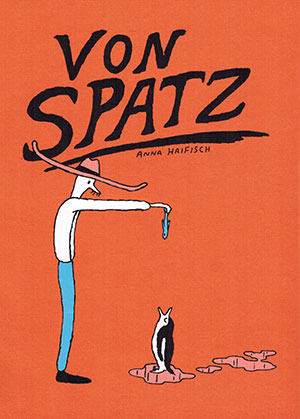 Montreal. Drawn & Quarterly. 2018. 68 pages.
Montreal. Drawn & Quarterly. 2018. 68 pages.
Anna Haifisch’s absurdist graphic novel Von Spatz is brilliant, weird, and darkly funny. Von Spatz is a tribute to artists, by an artist, inhabited by the influence of comic strips and animation throughout history.
Haifisch is a German cartoonist and printmaker who cofounded the indie comics festival The Millionaire’s Club, held annually in Leipzig, Germany. Haifisch’s strip The Artist was published as a collection in 2016 by Breakdown Press. The Artist is an episodic peek into the world of an artist, with themes that reemerge in Von Spatz.
Von Spatz is a fictional rehabilitation center for artists in crisis, featuring such restorative features as a penguin pool, hot dog stand, and art supply store. In the opening pages, Walt Disney has a breakdown, destroying his office and alienating those around him, and is brought to the center by his wife. With a visually fantastic color palette of yellow, pink, and teal, the world of Von Spatz is a candy-colored haven inhabited by cranky artistic geniuses. Once at the luxurious Von Spatz, Walt meets French artist and illustrator Tomi Ungerer and Romanian cartoonist and illustrator Saul Steinberg. The three men form a reluctant bond as they convalesce, never ceasing to be artists and critics.
Von Spatz is an incredible study in the history of comics. The reader can identify many influences, some more overt than others. Haifisch satirizes early Disney animation, such as Julius from the Alice Comedies. The sprawling empty landscapes hint of George Herriman’s Krazy Kat. The grotesque anthropomorphized figures are reminiscent of Matt Groening’s Life in Hell. The mice suggest the influence of Art Spiegelman’s Maus. Despite all the familiarity, the end result is utterly creative, unique, and Haifisch’s own.
As Walt flies home after his Von Spatz stay, he looks out the airplane window and asks, “How arrogant it is that I demand attention for my tentative scrawls when there is so much misery in the world?” This ethical quandary is behind Von Spatz, as the misery of the artist is simultaneously earnest but absurd.
Claire Burrows
Austin, Texas

